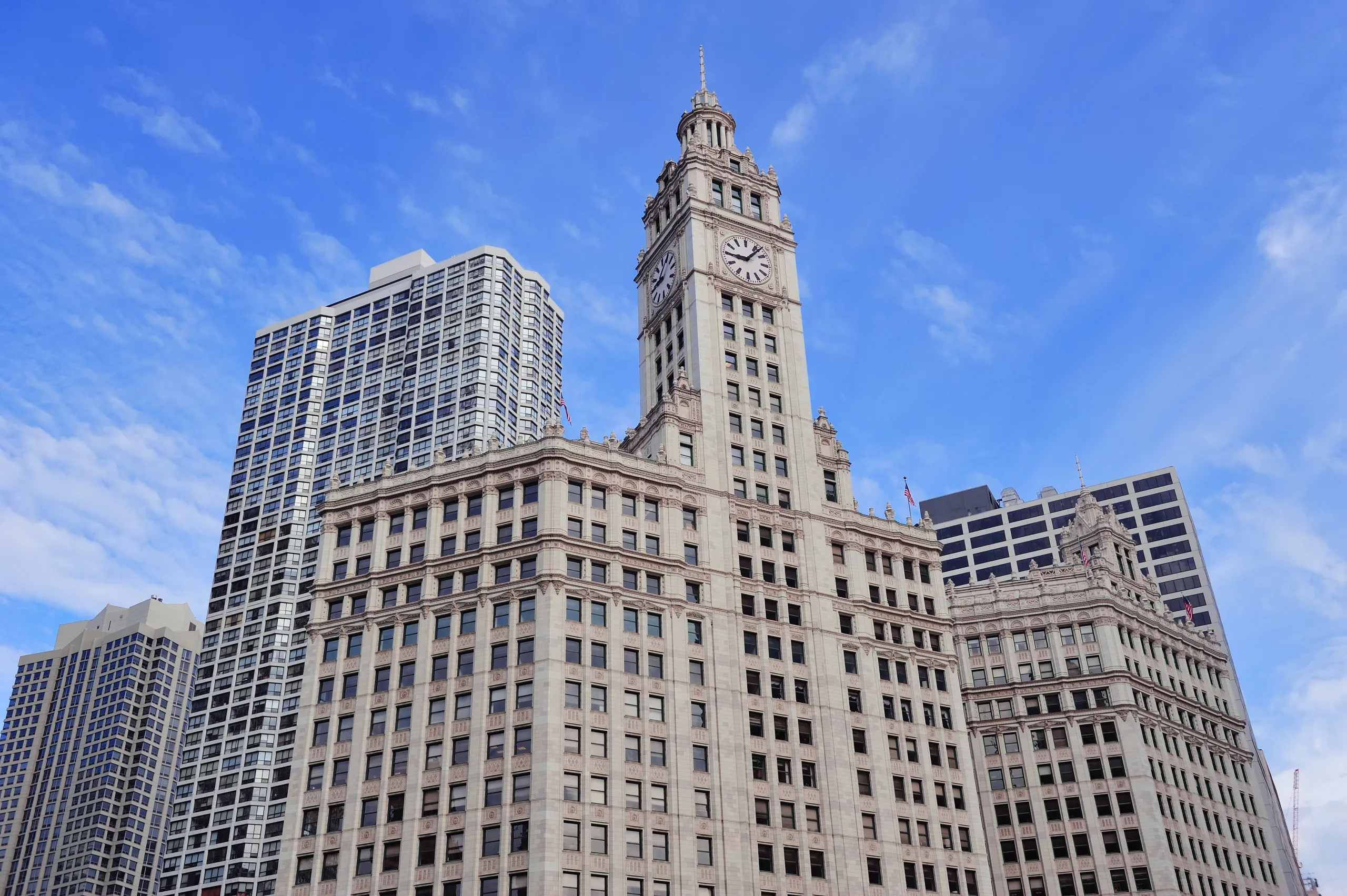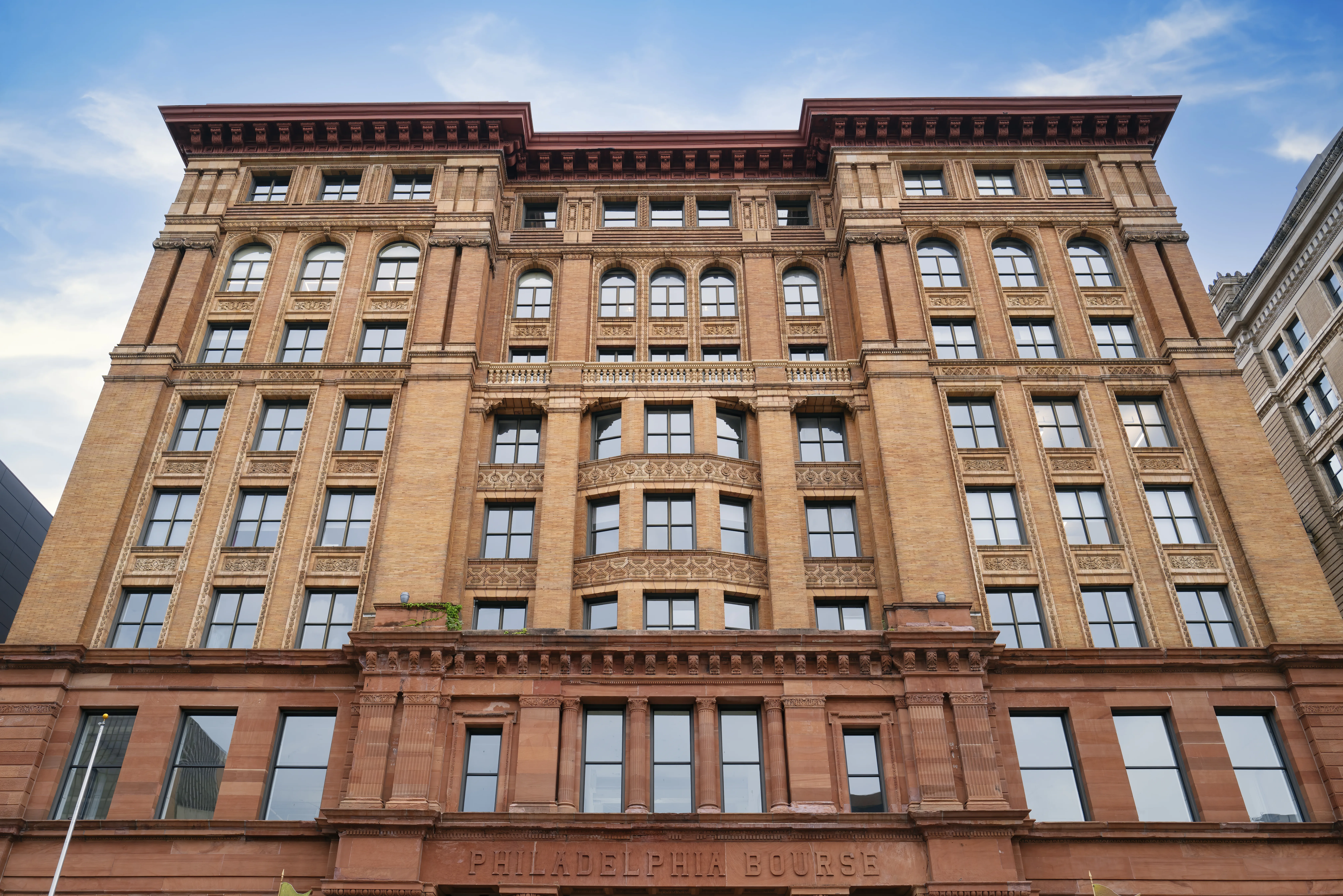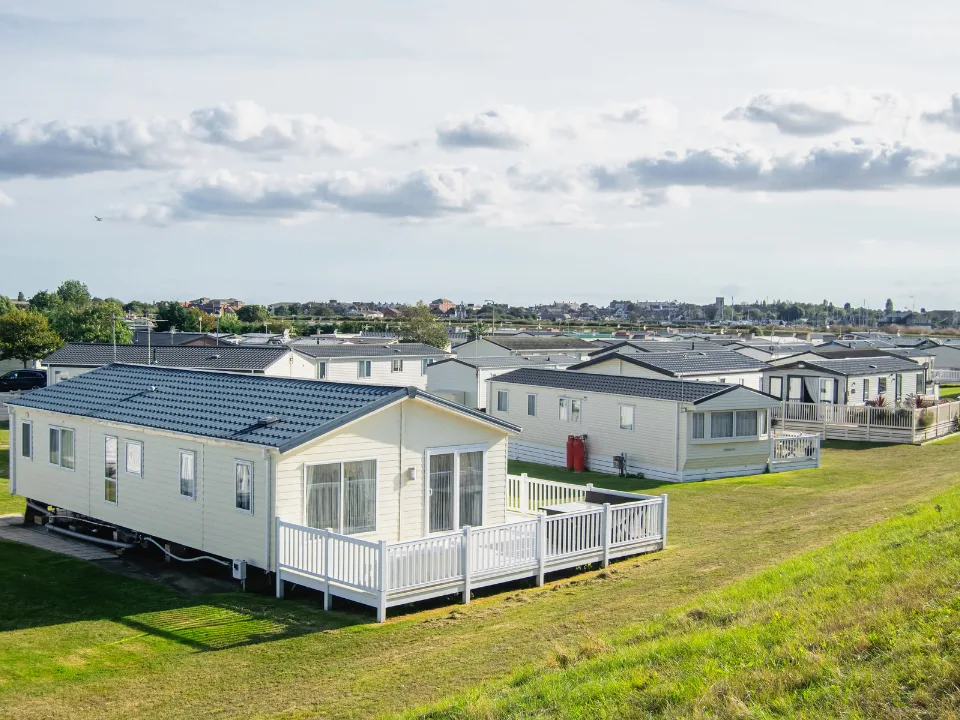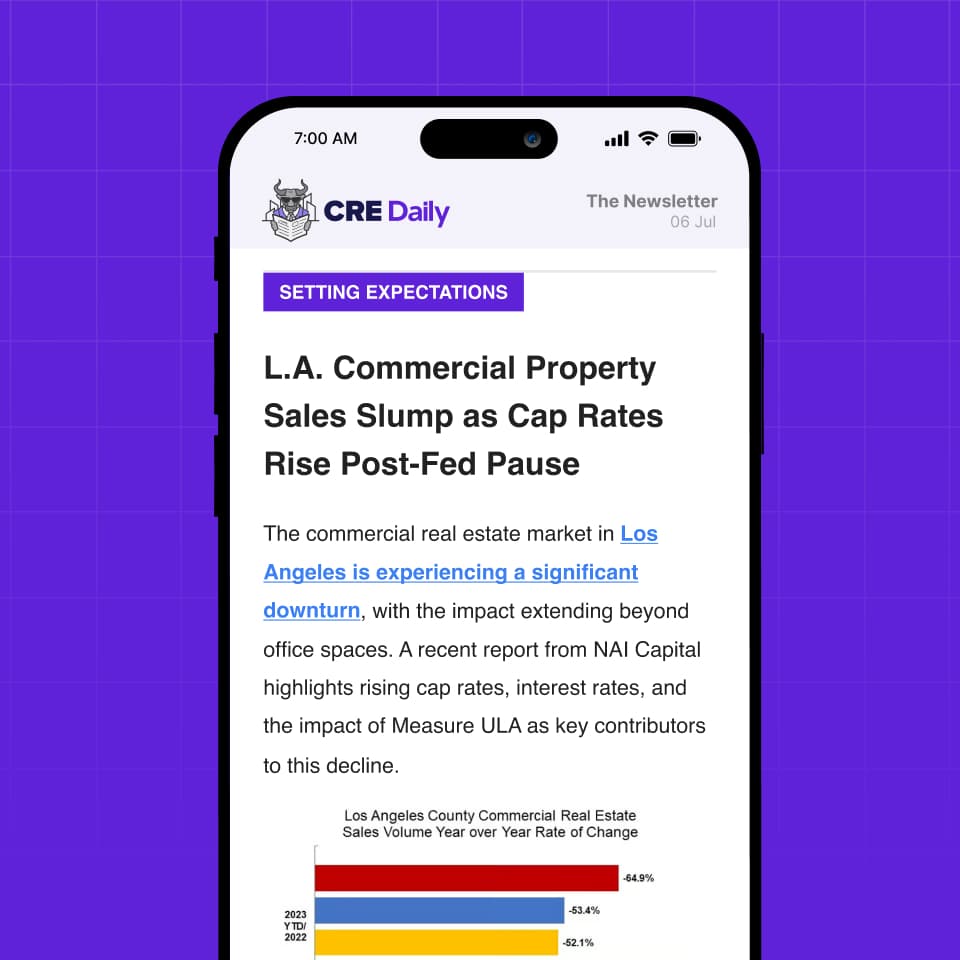- Providence’s Superman Building has been empty since 2013; a $308M redevelopment plan to convert it into housing was gaining traction before its developer, David Sweetser, died this summer.
- Across the US, landmark office towers—from the Chrysler Building to Carew Tower—are deteriorating as cities wrestle with the high costs and complex logistics of conversion.
- Office-to-residential conversions are often the only viable path forward, but projects typically require significant public subsidies to pencil out—sparking political and financial hurdles.
- Nationwide, older towers now make up the bulk of the 20% of US office buildings with vacancy rates over 25%, as remote work and changing office needs accelerate urban decline.
Providence’s Empty Icon
For over a decade, Providence’s skyline has been defined by an empty giant: the 26-story Superman Building. Vacant since Bank of America exited in 2013, the tower stands as a cautionary tale of what happens when beloved landmarks become economically obsolete, per WSJ.
David Sweetser, the Massachusetts developer who purchased the tower in 2008, fought for years to convert it into 285 apartments. But the $308M plan—dependent on public subsidies and a federal low-interest loan—was left in limbo after Sweetser’s sudden death in July 2025.
“This is the tallest building in the city,” said Providence Mayor Brett Smiley. “It’s on every postcard. And it’s empty.”
A National Challenge
The Superman Building isn’t alone. From Los Angeles to Chicago, historic office towers are losing tenants, deteriorating rapidly, and struggling to adapt to today’s office demand.
- In New York, a group abandoned plans to overhaul the Chrysler Building due to sky-high costs and landmark restrictions.
- Cincinnati’s Carew Tower, largely vacant, is close to securing funding for a residential conversion.
- In LA, plans to redevelop Times Mirror Square have stalled amid rising construction costs and inflation.
According to CoStar, buildings with vacancy rates over 25% now account for nearly 80% of all vacant US office space, compared to 65% a decade ago.
Get Smarter about what matters in CRE
Stay ahead of trends in commercial real estate with CRE Daily – the free newsletter delivering everything you need to start your day in just 5-minutes
Why Conversions Are So Difficult
Office-to-residential conversions often make sense on paper, especially in cities struggling with housing shortages. High interest rates make these conversions expensive. Outdated building systems add to the challenge. Retrofitting plumbing and electrical systems further slows progress.
The Superman Building’s estimated conversion cost rose from $220M in 2022 to over $300M by mid-2025. Public subsidies helped move the project forward. These included $65M from city and state governments and a $236M low-interest federal loan. However, the funding wasn’t enough to secure full financing before Sweetser’s passing.
A Legacy In Limbo
With Sweetser’s death, leadership of High Rock Development passed to attorney Michael Crossen, who has pledged to see the project through. Still, many—including former Providence Mayor Joseph Paolino—wonder if the tower’s revival can survive without its original champion.
“David Sweetser was the heart and soul of the Superman Building,” Paolino said.
The building’s fate remains uncertain. One thing is clear, though: cities across the US are struggling with a surplus of outdated office towers. The Superman Building stands as both a local tragedy and a national case study in the risks and potential of urban reuse.
What’s Next
Providence’s new development team is still working with federal and state agencies to finalize support. If the plan proceeds, the Superman Building would become a model for turning historic downtown towers into modern housing.
But until then, it remains a towering symbol of urban stagnation—and the steep cost of revival.

















